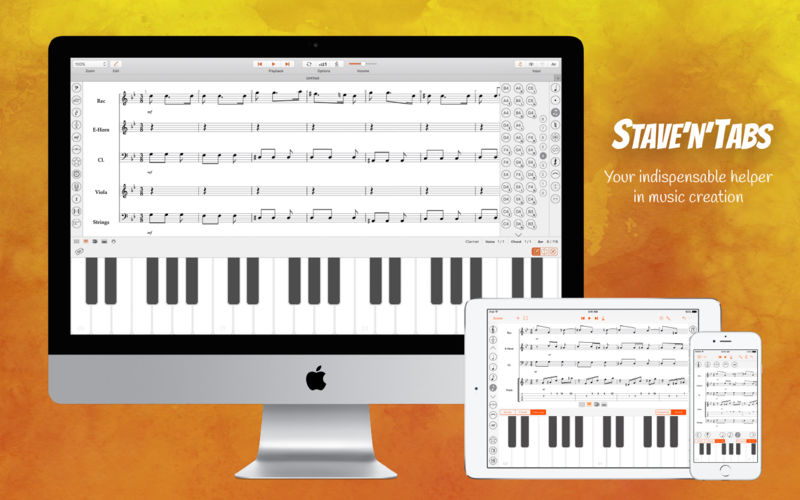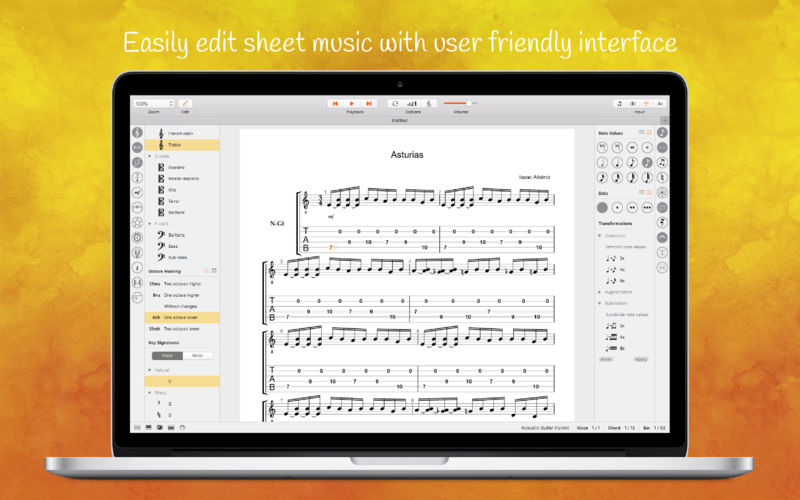

I dialled in the main 6 pots - More|Pres, Lows, Volume (Gain), Ghost, Blend, Output - and then flipped the Preamp and Bright/Cap toggles around - to get to GB x 2. I started on the Silicon side - aiming for my version of a preferred core Plexi-sound- leaning towards the more saturated / distorted extreme.

So you can treat those as just elements to fine-tune your preferred classic sound, or you can use them as further modes within your tone arsenal. What I found is there were a number of combinations I liked for different frequency profiles - depending on exactly what kind of sound you are going for - and whether you want to sound more classic, or more doomy and extreme - those different frequency profiles give you a huge scope of different possibilities. Once you find a frequency setting you like, you fine-tune further using Bright Cap Cut and Hi Shelf screw-dials. Those two Core Modes can then be fine-tuned further via FREQ, CUT FREQ and SHELF FREQ 3-way switches which are sort of neutral / in the middle, in position I and then brighter/more trebley up (II), and darker/bassier when down (III). There is a MODE I|II switch where ’I’ gives you a brighter profile, and II a darker one. Working with the EQ2 setting and the Custom front panel, the central element is an ADJ screw-dial which lets you shift the EQ clockwise for more Bass, less Treble, or anti-clockwise for more Treble and less Bass. The slightly tricky thing with the RevivalDrive is that ’better’ is highly subjective here, and a better way to think of this is really which EQ ’shape’ you prefer for which purpose. So you switch back and forth between two different modes essentially to see which works better for you.


Tweaking the pedal very much reminds me of a visit to an optician - where they use a ’Phoropter’ - one of those mechanical lens frames which switches between A and B options while you’re asked whether the letters are clearer with A or B, B or C etc. I have created the above visual to codify my notes on the pedal, and keep as a reference sheet so that I and others can benefit from the clarification of a quick reassuring glance. It took a while to get to grips with the control topology, but everything is pretty straightforward once you know what everything does and how it connects. I think the best way to describe this is in terms of texture and vibrancy - there are so many micro-nuances within the output signal that it all feels more vital and more alive - it’s exactly like it’s got an additional dimension to it.Īt first sight the Custom pedal version with the additional front EQ panel can look somewhat forbidding and intimidating, yet for an avowed pedal-tweaker like me this just means more possibilities. The results of this are an unparalleled harmonic richness and dynamism hitherto not witnessed in solid-state form. Simon Keats and his team have laboured hard to reproduce every nuance of an internal tube amp signal flow - taking into account everything from power supply dynamics, and transformers and near enough every micro-component and what its role and influence is in the throughput and output signal - lending additional colour and detail all along the way.
#GHOSTNOTE GPX FULL#
Yet the RevivalDrive is a veritable next level pedal amp workstation - with the chops to delivery a full range of classic British and American Amp Tones - not just one or two variations. My intentions were that this would become my Plexi pedal of choice - sidelining my excellent Empress MultiDrive. I have been eagerly anticipating this since the start of April when it was first announced - and I have to say that I am wholly delighted with the results to far. I was fortunate enough to take delivery of my Origin Effects RevivalDrive Custom (with extra front EQ panel) and optional (but essential) Footswitch yesterday.


 0 kommentar(er)
0 kommentar(er)
